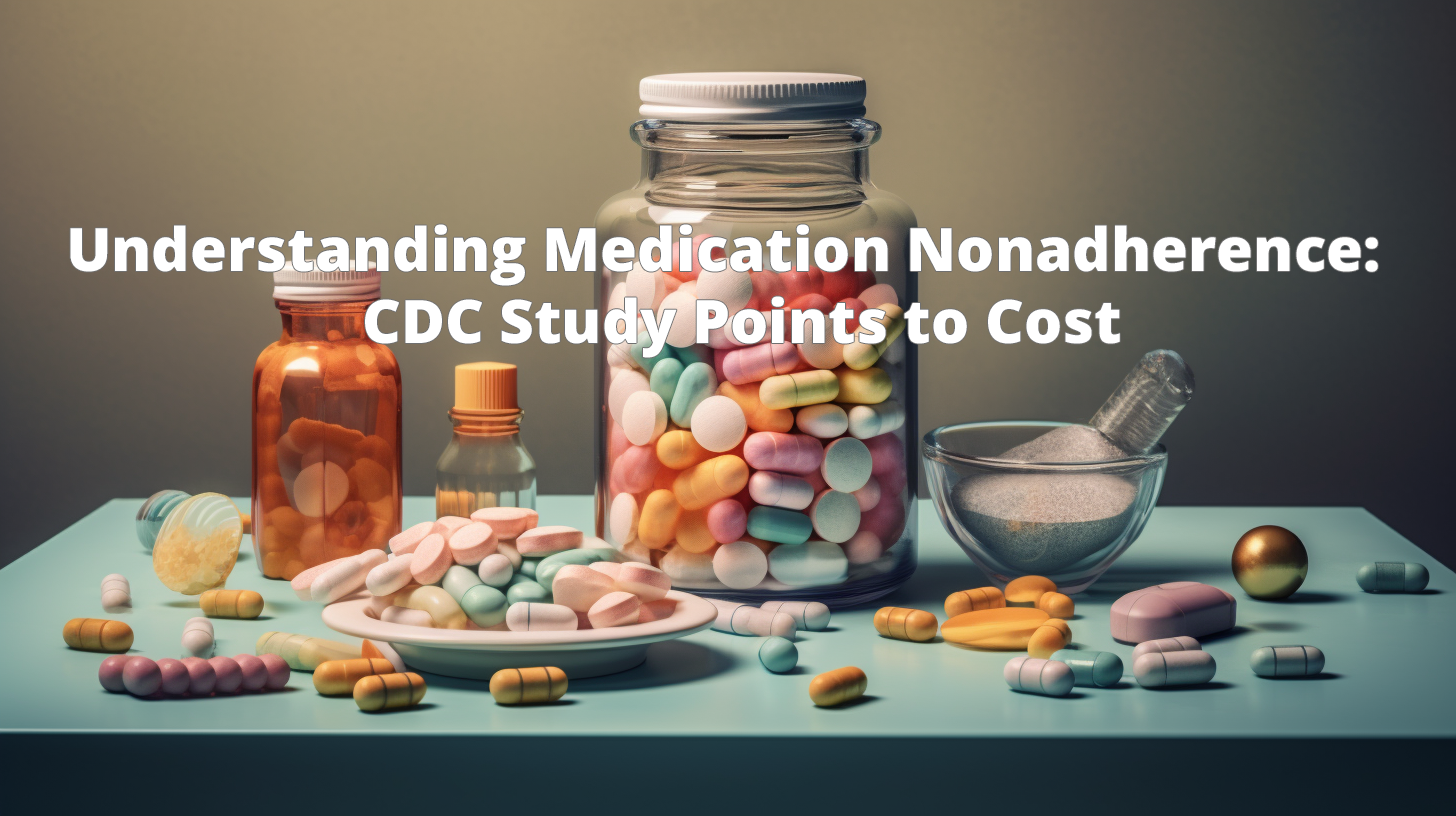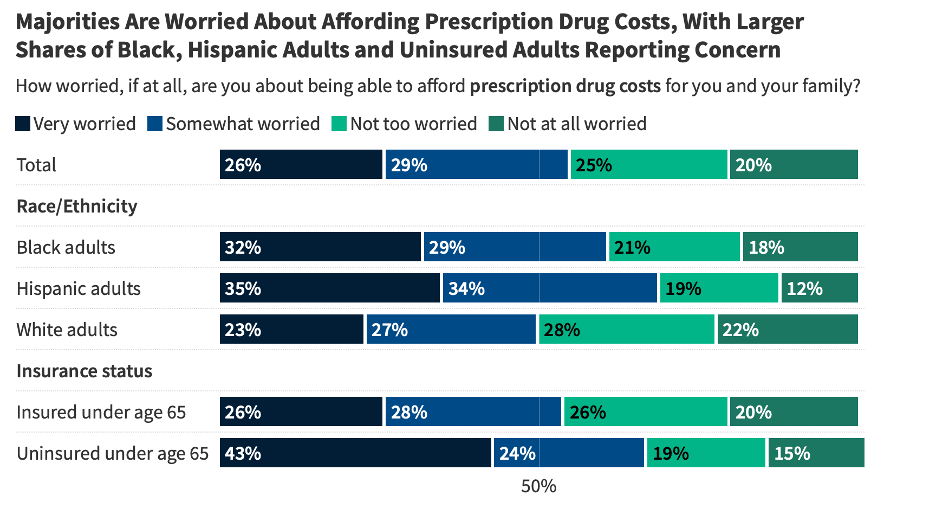Access to affordable healthcare is a critical aspect of overall well-being, and medication affordability plays a vital role in ensuring individuals can adhere to their prescribed treatment plans. A recent study conducted by the CDC, titled “Characteristics of Adults Aged 18–64 Who Did Not Take Medication as Prescribed to Reduce Costs: United States, 2021,” delves into the factors influencing medication nonadherence due to financial constraints.
The study examined why adults are not taking medication as prescribed and shockingly, they discovered that 13.2% (aged 18-64) reported cost as the culprit. The study examines the characteristics of adults who, due to cost concerns, did not take medication as prescribed. Here are the key findings from the research:
- Prevalence of Medication Nonadherence: Financial barriers cause non-adherence.
- Demographic Factors: Medication nonadherence due to cost is more prevalent among the uninsured, lower income, or limited access to healthcare.
- Specific Medication Classes: Certain medication classes are more commonly affected by cost-related nonadherence. Chronic conditions, such as diabetes and high blood pressure, increase cost and have higher medication nonadherence rates.
- Consequences of Nonadherence: Adverse consequences are higher for adults who do not take medication as prescribed but instead skip or reduce doses to save money. Health outcomes are worse and increase healthcare utilization such as hospitalizations, and raise overall healthcare costs.
Medication nonadherence due to cost is a complex issue with far-reaching implications. The recommended strategies to combat this challenge are varied.
Enhancing Healthcare Affordability
The study suggests that healthcare providers and insurers should work together to reduce medication costs and improve overall healthcare affordability. RazorMetrics does this exact thing.
Physician – Patient Engagement and Support
Healthcare professionals should engage with patients to talk about medication options, potential cost-saving measures, and available financial assistance programs. Physicians are uniquely positioned to help patients make informed decisions and navigate cost-related barriers.
Collaboration with Pharmacists
Pharmacists play a crucial role in medication management to identify cost-effective alternatives, explore prescription assistance programs, and provide counseling on medication adherence.
Policy Interventions
Policymakers can implement policies to address the underlying cause of medication nonadherence: cost. Policies designed to support new initiatives that promote prescription drug affordability go beyond the regulation of drug prices that, so far, have not been successful.
The CDC study sheds light on the significant correlation between medicine adherence rates and affordability. RazorMetrics works with health plans, employers, and unions to lower out-of-pocket costs for their constituents by giving the prescribing healthcare provider more visibility into the medication cost for their exact patient. By using AI, each prescribing physician in or out of network receives information on the lowest cost options for their patient across the entire covered group. It is seamless for the physician and does not require the patient to do their own research, register for a new service, or download an app. The solution integrates into the normal clinic-patient workflow that has existed for decades streamlining prescription review to help their patient access lower-cost alternatives.




